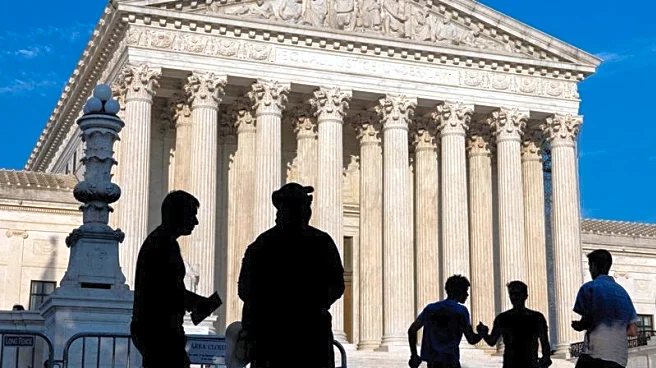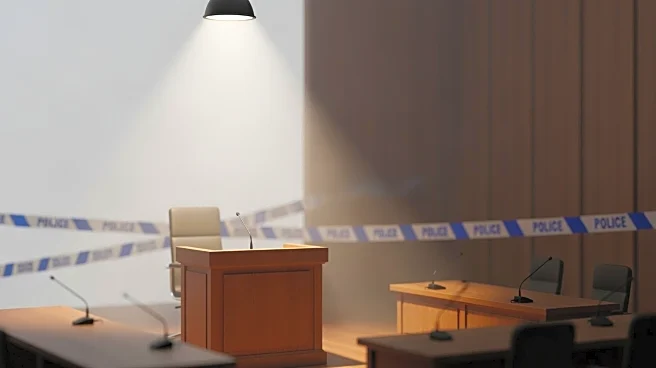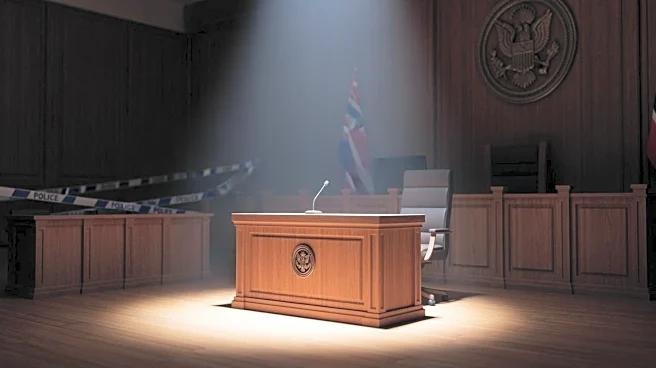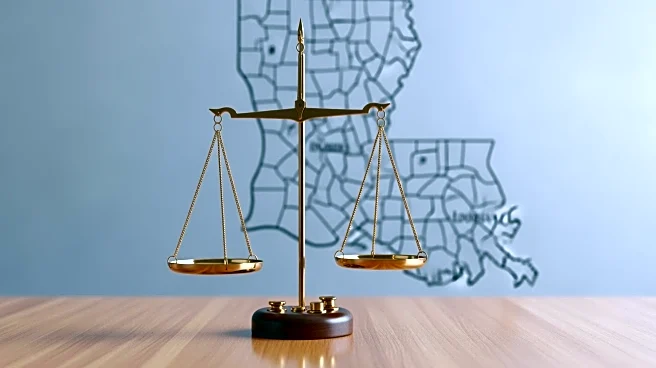What's Happening?
Louisiana Governor Jeff Landry has called a special legislative session to address potential changes to the 2026 election schedule, following a U.S. Supreme Court case concerning the state's congressional
map. The case involves two majority-Black districts, with civil rights groups advocating for fair representation. The Supreme Court's conservative justices appear inclined to strike down the map, which could lead to significant changes in congressional districting. The special session, starting October 23, aims to adjust election plans and deadlines, allowing the GOP-dominated legislature time to redraw the map if necessary.
Why It's Important?
The Supreme Court's decision on Louisiana's congressional map could have far-reaching implications for voting rights and representation in Southern states. If the map is overturned, it may pave the way for legislatures to redraw districts, potentially reducing the number of majority-Black and Latino districts that favor Democrats. This case highlights ongoing debates about racial gerrymandering and the balance between fair representation and political interests. The outcome could influence future redistricting efforts and impact the political landscape in Louisiana and beyond.
What's Next?
The special session will focus on legislative adjustments to the election schedule, pending the Supreme Court's ruling. If the map is struck down, lawmakers will need to craft a new congressional map that complies with legal standards. The court's decision, expected by early summer 2026, will guide these efforts and could trigger similar actions in other states. Stakeholders, including civil rights groups and political parties, will be closely monitoring developments and preparing for potential changes in districting.
Beyond the Headlines
The case underscores the ongoing struggle for racial equity in voting and representation. It raises questions about the role of the judiciary in shaping electoral boundaries and the potential consequences for minority communities. The decision could set a precedent for future redistricting cases, influencing how states approach the creation of majority-minority districts.












